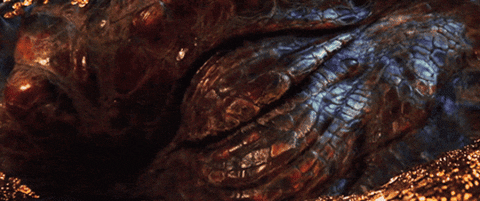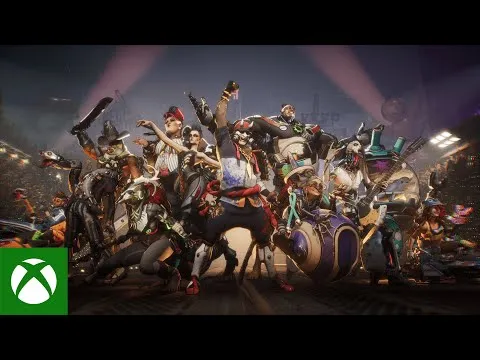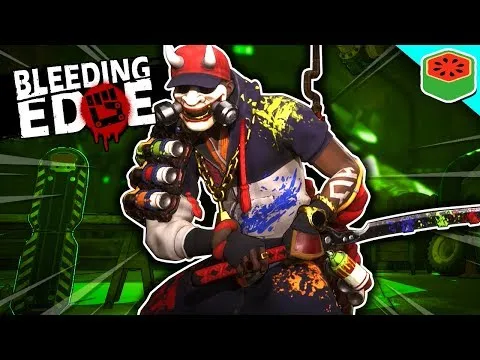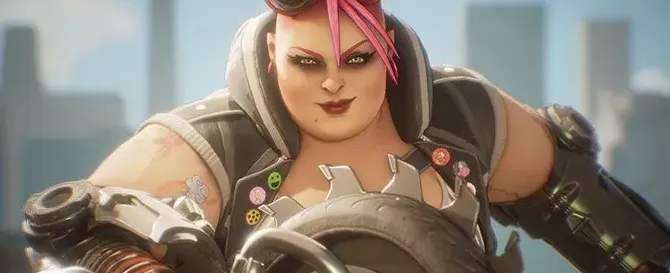
Bleeding Edge is already a reality on Xbox One and PC since last week. With a very fresh point of view and free to launch in the different versions of the paid subscription Xbox Game Pass, the new Ninja Theory feels good at the controls. Better even than could be expected in a title developed by a small group of studio members, who are now mostly focused on developing other works.
The augmented competitions
Bleeding Edge frames its action in a futuristic coliseum divided into several scenarios in which the augmented, gladiators of tomorrow, face various death games in groups. Anything goes for the reputation and improvements with which to continue to evolve their powers. A justification like any other to put eight characters on the board in a 4v4 PvP in which speed and cooperation are keys to success.
The new from the parents of Heavenly Sword, Hellblade and Enslaved: Odyssey to the West enters fully into the MOBA territory with a staging that reminds of Overwatch in its fast-paced action and design, but flees the hero shooter accordingly. to the rules, mechanics and gameplay. Bleeding Edge brings much of what makes you intense into a melee with the need for supporting characters and a high component of teamwork that makes it impossible for a member to make a difference even if you can make a difference alone.
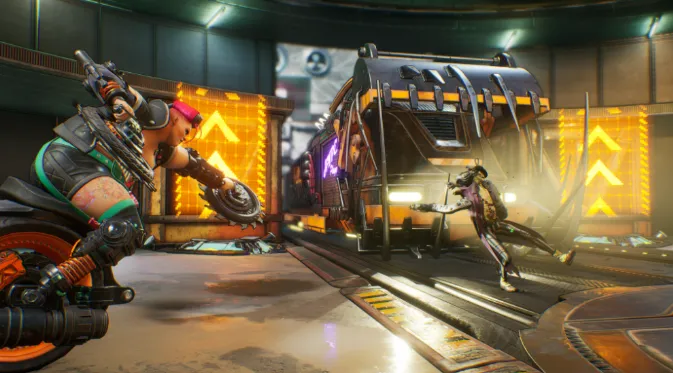
The cast of characters in Bleeding Edge is quite complete, although it can be seen that it still has a lot to grow in future expansions. Influences from Mad Max, Blade Runner, and The Running Man shake hands with the dolphin from William Gibson's Johnny Mnemonic to result in a disparate group of stunted and tremendously charismatic beings, each with their own abilities, strengths, and weaknesses in combat.
Thus three general classes are offered: assassin, support and tank, in which each member has a very different gameplay and mechanics, which means that it is not enough to control a class to succeed. Thus, within the assassin class are for example Daemon and Cass. The first is an agile and lethal ninja with his blade, a specialist in fast hitting and disappearing.
The second is a deadly assassin capable of leaping away after causing massive damage with her kicks and throwing weapons. The same thing happens between Makutu, The Bastard and Buttercup in the tank class or Miko, Zero Cool and Kulev in the support class. Each character has a very different control to the rest, and it will take you a while to learn how to handle them as you play to give all the help possible to your team

In the face to face we will not limit ourselves to hitting with impunity or firing the Gizmo and Zero Cool cannons, but we have a good handful of tools, skills and movements to successfully emerge from the fight. Within the general movements we can perform dodges with the right trigger that will serve to avoid enemy combos and their special attacks.
With the same trigger, focusing on the enemy and without moving, we can break his attack with a well-synchronized block that will allow us to counterattack with all the accumulated fury.
To this are added the basic skills of each character -three attack or support movements that are triggered with Rb, Y and B- and a special ability to choose that is filled as we fight and that can change the combat storms either causing major damage or strengthening the equipment. If all else fails, we can always get our hoverboard out and legged out of the danger zone.
One element that falls short, waiting for the content to expand, are the game modes. Only two, very funny, yes, that work well although with differences in the results from one to the other. First there is the classic king of the hill in which we will have to master certain control points to get points for our team. A mode that works and allows some crazy strategies, although it tends to end up being a pitched battle at the center point of the map.
The other mode, Energy Cells, works much better. It consists of two phases. In the first, we have to get a series of energy cells scattered across the map, either breaking their containers or snatching it from the enemy. In the second phase we must bring those cells to a predetermined point and store them before the enemy attacks us. It's a game mode that works especially well thanks to on-screen elements and stage design, which performs better here than in checkpoints mode.

All in all, Bleeding Edge works well, even better than expected, for the average user wanting to try something new. If you like the genre, you will certainly like it, and if not, it is more than recommended that you try it thanks to its launch presence on Xbox Game Pass. Yes, it shows that it lacks game modes and that it has yet to grow, but if you dare to play with your friends you will discover something very intense that, while you dedicate yourself to trying characters and improving your favorites, will have you bundled up several afternoons.
The only real downside that I find, beyond the shortage of game modes, is the appetite that awakens me. A crazy desire to see the Bleeding Edge universe turned into an open world game or beat'em up in old school areas. The design is so good, its personality is so top and the gameplay is so agile that it makes us dream of seeing this become a more traditional video game, tremendously enjoyable, with its campaign and others.
